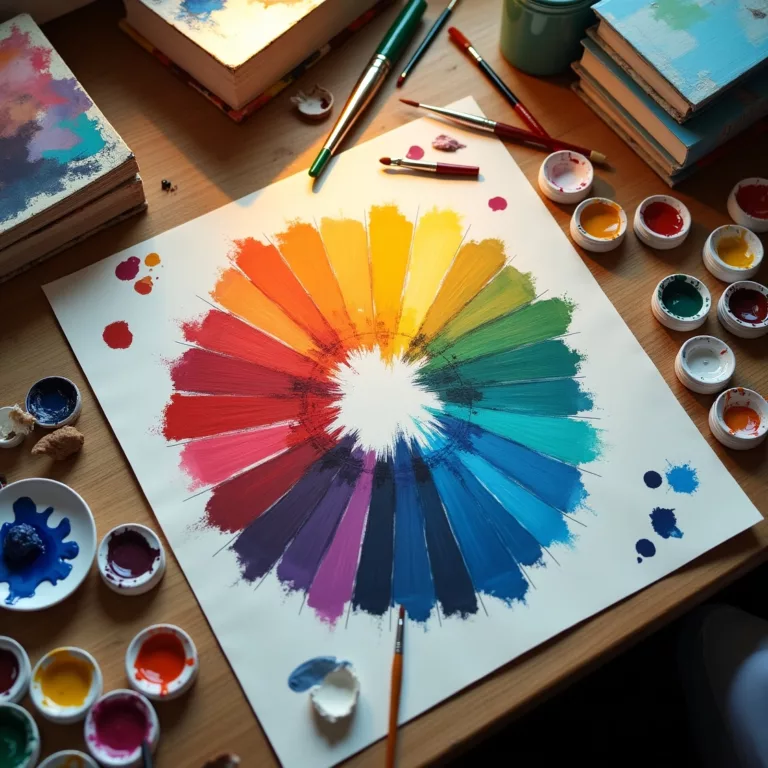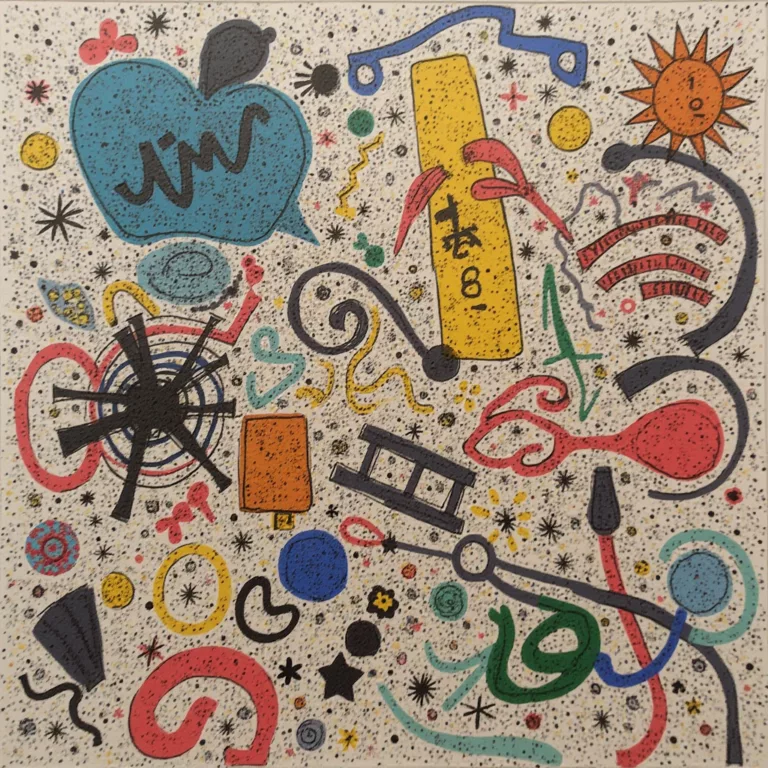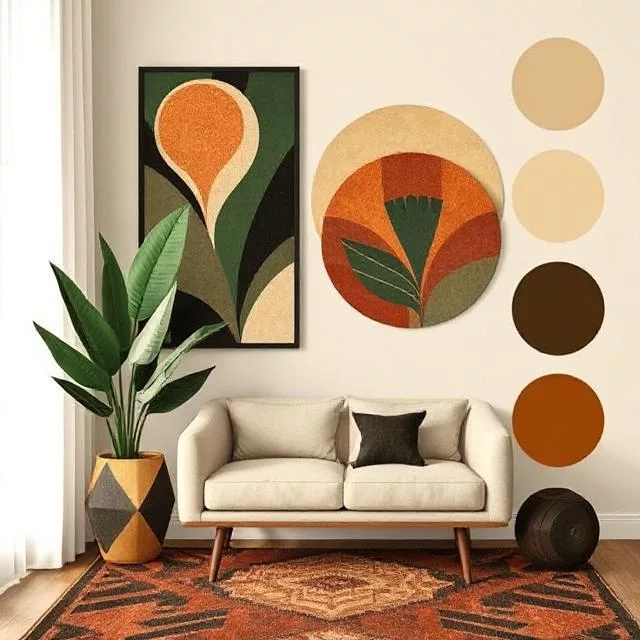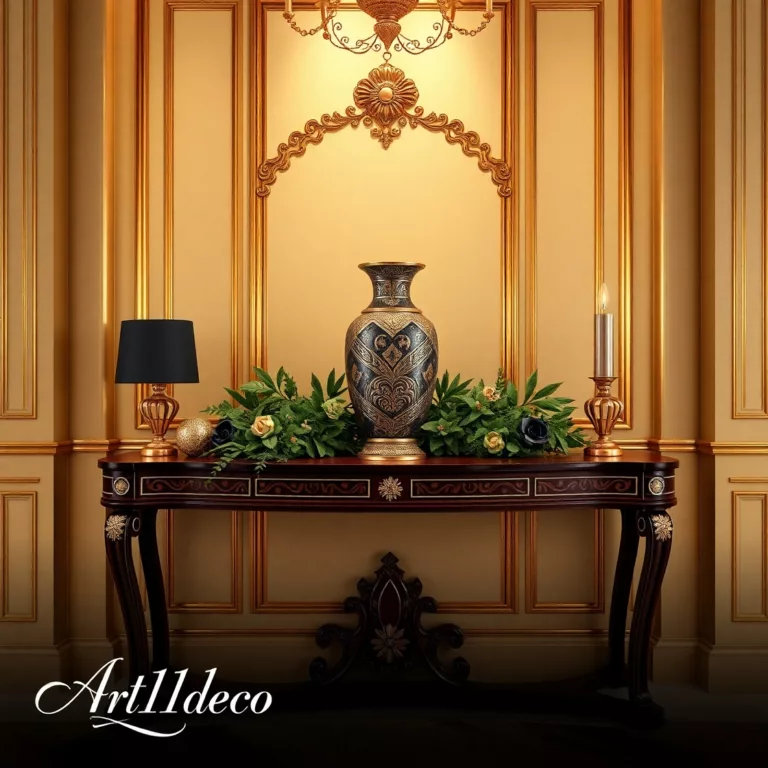Table of Contents
- What is Color Drenching?
- The Psychology Behind Color Drenching
- Benefits of Color Drenching in Interior Design
- Popular Color Choices for Color Drenching
- How to Choose the Perfect Color for Drenching
- Step-by-Step Guide to Color Drenching
- Color Drenching Techniques for Different Rooms
- Common Mistakes to Avoid
- Expert Tips for Successful Color Drenching
- Maintenance and Long-term Considerations
What is Color Drenching?
Color drenching is a revolutionary interior design technique that involves painting walls, ceilings, trim, and sometimes even furniture in the same color or varying shades of the same hue. This monochromatic approach creates a cohesive, immersive environment that wraps you in color from floor to ceiling.
Unlike traditional decorating methods that rely on contrasting colors and accent walls, color drenching embraces the power of a single color to transform a space completely. This technique has gained tremendous popularity among interior designers and homeowners who want to create bold, sophisticated interiors that make a lasting impression.
The concept of color drenching goes beyond simply painting everything the same color. It’s about creating depth, interest, and visual flow through strategic use of different finishes, textures, and tonal variations within the same color family. When executed properly, color drenching can make small spaces feel larger, create intimate atmospheres in large rooms, and establish a strong design identity.
The Psychology Behind Color Drenching
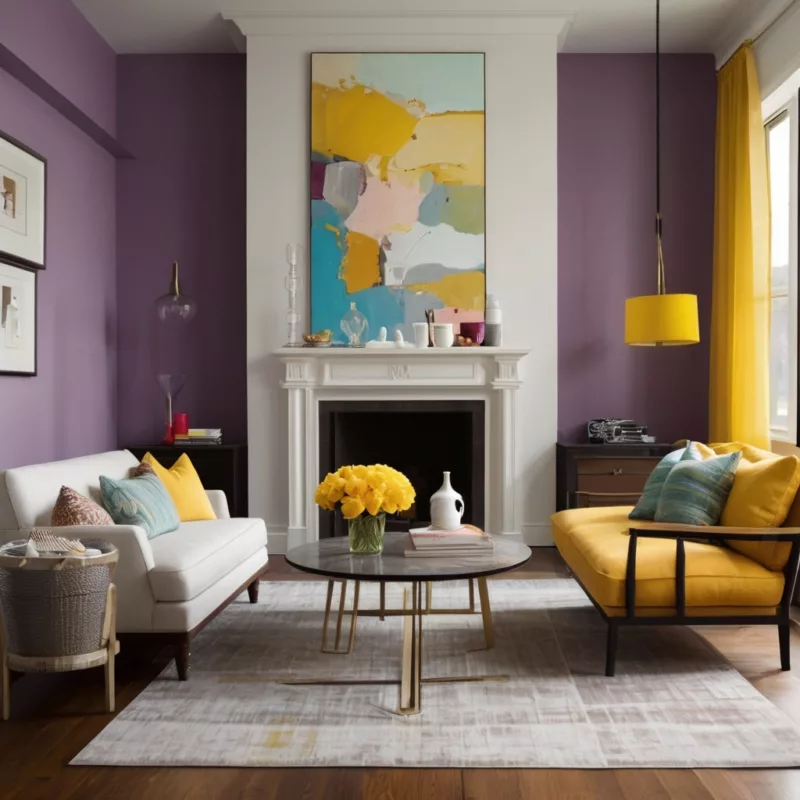
Color drenching taps into fundamental principles of color psychology to create specific emotional responses and visual effects. When a single color dominates a space, it creates what psychologists call “color saturation,” which can influence mood, perception, and behavior in profound ways.
Research shows that monochromatic environments can reduce visual stress and create a sense of calm coherence. The human brain processes monochromatic spaces more easily than environments with multiple competing colors, leading to a more restful and focused mental state.
Different colors used in color drenching can evoke specific psychological responses. Warm colors like terracotta, sage green, or deep blues can create feelings of comfort and security, while cooler tones might promote tranquility and concentration. Understanding these psychological effects is crucial for successful color drenching implementation.
The technique also leverages the concept of “visual flow,” where the eye moves seamlessly throughout the space without interruption from contrasting elements. This creates a meditative quality that many find deeply satisfying and restorative.
Benefits of Color Drenching in Interior Design
Color drenching offers numerous advantages that make it an attractive choice for modern interior design projects. One of the primary benefits is the ability to create visual continuity that makes spaces feel larger and more cohesive than they actually are.
This technique eliminates the jarring transitions that can occur with traditional color schemes, instead creating smooth visual flow that guides the eye naturally throughout the room. The result is a space that feels more expansive and thoughtfully designed.
Color drenching also simplifies the decorating process by providing a strong foundation that works with almost any furniture style or accent piece. When walls, ceiling, and trim share the same color family, furniture and artwork naturally become focal points without competing for attention.
From a practical standpoint, color drenching can be more cost-effective than complex multi-color schemes. Purchasing paint in larger quantities often results in better pricing, and the simplified approach reduces the time and labor costs associated with detailed trim work and multiple color applications.
The technique also offers excellent flexibility for future decorating changes. Since the background remains consistent, homeowners can easily update their space by changing accessories, furniture, or artwork without needing to repaint entire rooms.
Popular Color Choices for Color Drenching
Successful color drenching depends heavily on selecting the right base color for your space and lifestyle. Some colors work better than others for this intensive application, and understanding these options helps ensure optimal results.
Sage green has emerged as one of the most popular choices for color drenching projects according tohttps://www.architecturaldigest.com/. This versatile hue works beautifully in both traditional and contemporary settings, offering enough depth to remain interesting while maintaining the calming qualities that make monochromatic spaces so appealing.
Deep, moody blues represent another excellent option for color drenching. Navy blues, midnight blues, and similar dark shades create sophisticated, cocoon-like environments that feel both intimate and elegant. These colors work particularly well in bedrooms, dining rooms, and home offices.
Warm neutrals like mushroom gray, taupe, and greige (gray-beige) provide safe yet stylish options for color drenching beginners. These colors offer the visual impact of the technique while maintaining the versatility needed for various decorating styles and personal preferences.
Bold choices like deep terracotta, forest green, or even dramatic blacks are gaining popularity among homeowners who want to make strong design statements. These colors require more confidence and commitment but can create truly stunning results when applied skillfully.
How to Choose the Perfect Color for Color Drenching
Selecting the ideal color for your color drenching project requires careful consideration of multiple factors including room size, natural light, intended use, and personal preferences. The wrong color choice can make the technique feel overwhelming rather than sophisticated.
Start by evaluating your room’s natural light conditions throughout the day. Rooms with abundant natural light can handle darker, more saturated colors without feeling oppressive, while spaces with limited light might benefit from lighter, more reflective options within your chosen color family.
Consider the room’s primary function when making your color selection. Bedrooms and relaxation spaces often benefit from calming colors like soft blues or muted greens, while social areas like dining rooms can handle more dramatic choices that encourage conversation and engagement.
Test your color choice extensively before committing to the full color drenching treatment. Paint large sample areas on different walls and observe how the color looks under various lighting conditions throughout the day. This testing phase is crucial because color drenching amplifies both the positive and negative aspects of any color choice.
Think about your existing furniture and decor when selecting your color drenching shade. The chosen color should complement rather than clash with your major furniture pieces and beloved accessories that you plan to keep in the space.
Step-by-Step Guide to Color Drenching
Proper preparation forms the foundation of any successful color drenching project. Begin by thoroughly cleaning all surfaces that will receive paint, including walls, ceiling, trim, and any other elements you plan to include in the treatment.
Remove or carefully protect furniture and flooring with high-quality drop cloths. Color drenching typically involves more paint application than standard painting projects, so extra protection helps prevent costly accidents and cleanup issues.
Prime all surfaces appropriately, paying special attention to any areas where different materials meet. Proper priming ensures even color coverage and helps your chosen color appear true to its intended shade across all surfaces and materials.
Begin painting with the ceiling, working your way down to the walls and finally the trim. This top-down approach prevents drips and spatters from marring completed work and ensures the most professional-looking results.
Apply paint in thin, even coats rather than trying to achieve full coverage in a single application. Multiple thin coats provide better color saturation, smoother finish quality, and longer-lasting results than fewer thick coats.
Pay careful attention to maintaining wet edges and working in manageable sections to avoid lap marks and uneven coverage. Color drenching makes any imperfections more noticeable because there are no contrasting elements to distract the eye.
Color Drenching Techniques for Different Rooms
Each room type presents unique opportunities and challenges for color drenching implementation. Understanding these differences helps ensure your project succeeds regardless of the space you’re transforming.
Living rooms benefit from color drenching techniques that create cozy, welcoming atmospheres without overwhelming conversation areas. Consider using slightly different sheens within the same color family – perhaps eggshell on walls and satin on trim – to add subtle visual interest without breaking the monochromatic theme.
Bedrooms are ideal candidates for color drenching because the technique naturally creates the intimate, restful environments that support quality sleep. Darker colors work particularly well in bedrooms, creating cocoon-like spaces that feel separate from the outside world.
Bathrooms present unique challenges for color drenching due to moisture concerns and typically smaller sizes. Choose colors carefully and ensure proper ventilation to prevent moisture-related problems. Lighter colors often work better in small bathrooms to prevent the space from feeling claustrophobic.
Kitchen color drenching requires careful consideration of cabinet colors and finishes. The technique works best when cabinets are either included in the color scheme or serve as deliberate contrasting elements that complement rather than compete with the wall color.
Dining rooms offer excellent opportunities for dramatic color drenching that creates memorable entertaining spaces. Deeper, richer colors work well in dining areas because they create intimate atmospheres that encourage lingering conversations over meals.
Common Mistakes to Avoid
Many color drenching projects fail due to preventable mistakes that can be avoided with proper planning and execution. Understanding these common pitfalls helps ensure your project achieves the sophisticated results you’re seeking.
One of the most frequent mistakes involves choosing colors based solely on small paint samples. Color drenching amplifies every aspect of a color choice, making thorough testing with larger samples absolutely essential for success.
Failing to account for different surface textures and materials represents another common error. The same color can appear quite different on smooth drywall versus textured plaster or wood trim, so plan accordingly and test on all surface types you’ll be painting.
Rushing the painting process often leads to visible imperfections that become magnified in monochromatic spaces. Take time to properly prepare surfaces, apply appropriate primers, and build color gradually through multiple thin coats.
Ignoring the importance of proper lighting can doom even well-executed color drenching projects. Consider how artificial lighting affects your chosen color and plan lighting accordingly to showcase the space at its best.
Neglecting to consider the room’s proportions and architectural features can result in color drenching that feels overwhelming rather than sophisticated. Some rooms may benefit from leaving certain elements like the ceiling in a lighter shade to maintain proper visual balance.
Expert Tips for Successful Color Drenching
Professional interior designers have developed numerous techniques for maximizing the impact and success of color drenching projects. These expert insights can help ensure your project achieves professional-quality results.
Consider incorporating multiple finishes within your chosen color family to add depth and visual interest. Combining matte walls with satin trim and perhaps semi-gloss accents creates subtle variations that prevent the space from feeling flat or monotonous.
Use color drenching strategically to highlight or downplay architectural features. Painting everything the same color can make unwanted elements like awkward angles or ugly fixtures blend into the background while emphasizing positive features through furniture placement and lighting.
Layer different textures and materials within your color family to create richness and complexity. Fabrics, wallpapers, and decorative elements in varying shades of your chosen color add depth without breaking the monochromatic theme.
Plan your lighting carefully to showcase your color drenching at its best. Different types of lighting can dramatically affect how colors appear, so consider both natural and artificial light sources when planning your project.
Don’t forget about the floor when planning your color drenching scheme. While you may not paint the floor the same color, consider how flooring choices complement or contrast with your wall color to ensure the entire space works harmoniously.
Maintenance and Long-term Considerations
Color drenching requires specific maintenance approaches to keep the space looking fresh and intentional over time. Understanding these requirements helps ensure your investment continues to pay dividends for years to come.
Touch-up procedures become more critical with color drenching because any imperfections or damage stands out more prominently against the monochromatic background. Keep detailed records of paint colors, finishes, and suppliers to ensure perfect matches for future touch-ups.
Consider how your chosen color will age and whether you’ll remain happy with such an intensive application over time. Dramatic colors that seem exciting initially may feel overwhelming after extended exposure, so choose wisely based on your long-term preferences.
Plan for gradual updates and refreshes that work within your color drenching scheme. This might involve changing accent colors through accessories, updating lighting fixtures, or introducing new textures and patterns that complement your base color.
Monitor how different seasons and lighting conditions affect your color drenching throughout the year. You may need to adjust artificial lighting or window treatments to maintain the desired ambiance as natural light conditions change.
Keep in mind that color drenching can affect resale value depending on your local market and the specific color choices you make. More neutral color drenching schemes typically have broader appeal if you plan to sell your home in the future.
Color drenching represents a sophisticated approach to interior design that can transform ordinary spaces into extraordinary environments. When executed thoughtfully with proper planning, color selection, and technique, this method creates cohesive, immersive spaces that reflect personal style while maximizing visual impact.
The key to successful color drenching lies in understanding both the technical aspects of paint application and the design principles that make monochromatic spaces work effectively. Take time to plan carefully, test thoroughly, and execute precisely for results that will provide satisfaction for years to come.
Whether you choose subtle neutrals or bold statement colors, color drenching offers an opportunity to create truly unique living spaces that reflect your personality while embracing current design trends. With proper execution, this technique can transform any room into a sophisticated, cohesive environment that serves as the perfect backdrop for your daily life.


